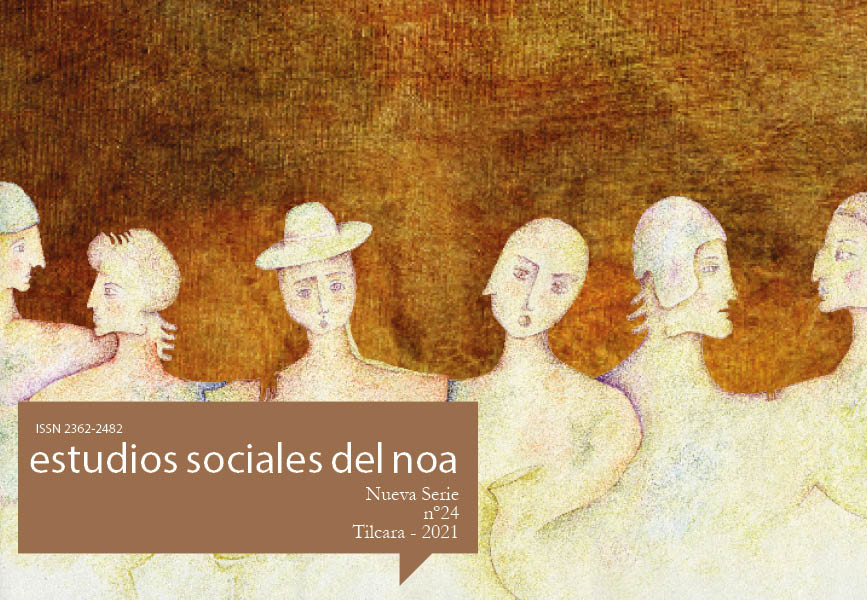The first millennium AD in the quebrada de Humahuaca, Jujuy (Argentina). Zooarcheology of the Carrazana site
Abstract
This article offers the results and interpretations made from the analysis of the archaeofaunal remains that were obtained as a result of a rescue carried out in the Carrazana Family home, located in the town of Tilcara, Jujuy province. The analysis of the sample allowed obtaining a series of data that, together with the information available for the study area, allowed to develop a discussion focused on various problems such as those related to the consumption of wild and domesticated species, the management of llama herds and the parts of the skeleton that were used by the human communities that inhabited the space in question. From the results it was determined that camelids were the main animal resource consumed and within this group the llamas stood out. On the other hand, herd animals were used both for obtaining meat and for transportation. Finally, the people of the community had access to the different anatomical parts of these animals, without there being any indication that accounts for the existence of social differentiation or privilege within the community.Downloads
Authors who publish in this journal accept the following conditions:
- The authors or translators retain the copyright and assign to the journal the right of first publication, with the work registered under the Creative Commons Attribution-NonCommercial-ShareAlike 4.0 International, which allows third parties to use what published as long as they mention the authorship of the work and the first publication in this journal.
- Authors may enter into other independent and additional contractual agreements for the non-exclusive distribution of the version of the article published in ESNOA (eg, include it in an institutional repository or publish it in a book) as long as they clearly indicate that the work was first published in this journal.












